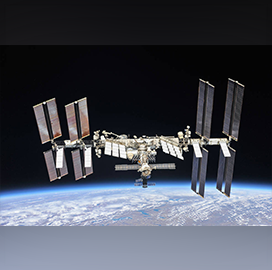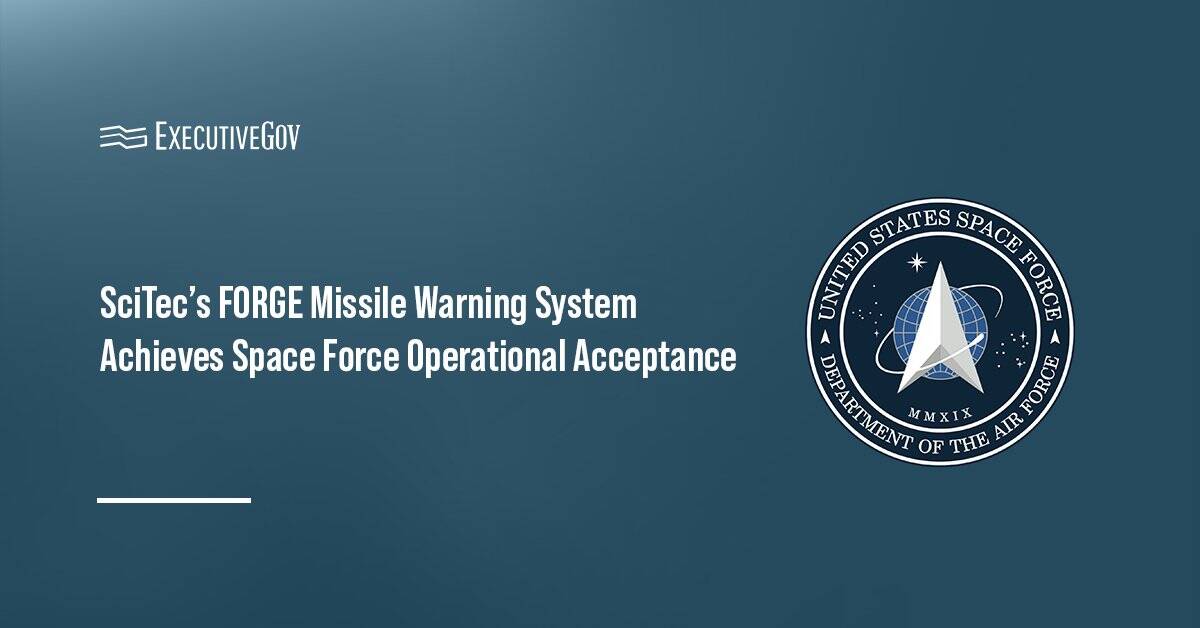A NASA experiment that seeks to better understand the space weather system from the International Space Station by observing gravity waves in Earth’s atmosphere at altitudes of 50 to 500 kilometers has completed space environment tests.
The space agency said Friday the Atmospheric Waves Experiment will gather data to help scientists analyze the characteristics and physics of atmospheric gravity waves and the impact of terrestrial weather on the ionosphere, which can disrupt satellite communications.
“AWE is a highly sensitive, precise science instrument designed to be fitted on the International Space Station and operate in the harsh space environment,” said Burt Lamborn, AWE project manager at Utah State University’s Space Dynamics Laboratory.
“To ensure that AWE will survive launch turbulence and operate as designed once in space, SDL put the instrument through its paces on the ground,” he added.
The university’s lab put the AWE instrument through electromagnetic interference testing to determine whether its signals could interrupt the orbiting laboratory’s other space equipment and conducted vibration and thermal vacuum testing to simulate launch conditions and extreme temperatures that the instrument will experience during flight.
Michael Taylor at Utah State University in Logan leads the AWE mission, which is managed by the explorers program office at NASA’s Goddard Space Flight Center in Greenbelt, Maryland.
In February 2019, NASA agreed to execute the AWE mission, which is expected to cost $42 million.





